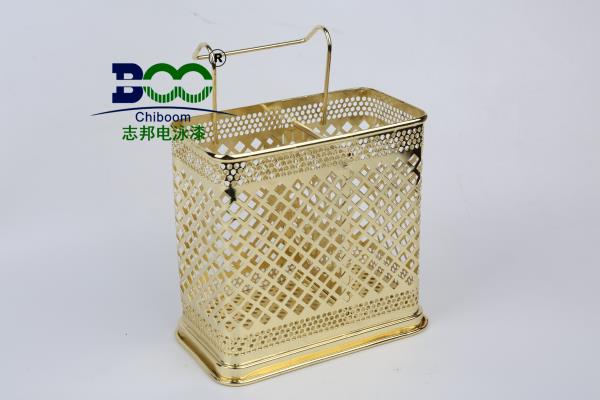How to Calculate the Consumption of Electrophoretic Paint?
In the pursuit of ultimate quality and efficiency within the modern coating industry, the application of electrophoretic paint resembles a delicate art. Renowned for its superior corrosion resistance, even coating coverage, and environmental friendliness, electrophoretic paint has garnered widespread acclaim across various industries. However, behind this artistry lies a rigorous science – the precise calculation of electrophoretic paint consumption, which is intimately linked to cost control, quality assurance, and the ultimate performance of the product.
The calculation of electrophoretic paint consumption is not a mere mathematical exercise but a comprehensive consideration based on key parameters such as coating area, dry film thickness, and paint density. Firstly, a thorough measurement of the coating object is essential to ensure that every area requiring coating is accurately accounted for. This process necessitates professional measuring tools like tapes and gauges, along with a high degree of responsibility and meticulousness from the operator, as even the slightest error can lead to deviations in paint consumption.
Subsequently, determining the dry film thickness is another crucial step. The choice of this thickness must take into account the operating environment and requirements of the coating object, while also balancing factors like corrosion resistance, adhesion, and aesthetics. An appropriate dry film thickness ensures that the coating effectively protects the metal substrate while also presenting optimal visual effects.

Paint density, meanwhile, serves as another vital parameter in calculating electrophoretic paint consumption. This data is typically available in the technical specifications of the paint, but in practical operations, field measurements may be necessary to ensure accuracy. By plugging these three parameters into the formula for calculating paint consumption, we can arrive at the total amount of electrophoretic paint required.
However, the calculation of electrophoretic paint consumption is not a one-step process. In practical applications, we must also consider the actual utilization rate of the paint. Due to factors such as coating equipment and operational skills, the utilization rate of paint often falls short of 100%. Therefore, when calculating electrophoretic paint consumption, we need to fully consider these factors to ensure that the results are closer to reality.
Moreover, the shelf life and storage conditions of the paint are also important factors influencing the calculation of electrophoretic paint consumption. The quality and performance of paint can change over time, and the use of expired or deteriorated paint can not only compromise coating quality but also waste valuable paint resources. Thus, when calculating electrophoretic paint consumption, we must pay attention to the shelf life and storage conditions of the paint to ensure that it is always in its optimal state.
In conclusion, the precise calculation of electrophoretic paint consumption is a vital task in the coating process. It requires professional knowledge and skills, along with attention to multiple factors. Only by doing so can we ensure effective cost control, robust quality assurance, and full performance potential for our products. As technology continues to advance and applications expand, the calculation methods for electrophoretic paint consumption will become more intelligent and precise, injecting new vitality into the development of the coating industry.





 WeChat
WeChat